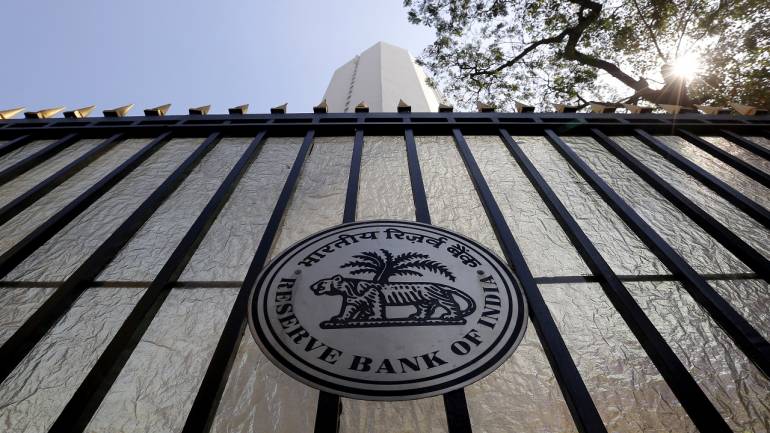The Reserve Bank of India has revealed that banks have been writing off bad loans as non-performing assets. During the last three years alone, banks have written off Rs 2.4 lakh crore worth of such sour loans. Eighty per cent of the loans written off during the past decade have occurred in the last five years — since April 2014. The total write-off during the last 10 years has been Rs 7 lakh crore. During October to December 2018, the amount was Rs 64,000 crore. The banks are stuck with Rs 10 lakh crore worth of NPAs.
There are a number of obvious implications of these high-value write-offs. First, when a bank writes off a loan, its asset side of the balance sheet is reduced, meaning that its liabilities become higher than its assets. Hence it must provide for such loans from reserves, profits or provisions from the government. This is taxpayers’ money from the government or public money from the reserves and profits of public sector commercial banks. It is, in short, a massive public subsidization of private gains. The second implication concerns recovery. Ideally, banks are supposed to write off loans only when all methods of recovery have been tried without success. Even then, a technical point remains. After a write-off, the bank can continue with its recovery efforts. However, since the balance sheet is cleaned up, there is very little incentive for the bank to pursue the defaulter. In India, the rate of recovery after a write-off is only 15-20 per cent; the figure is much lower than the rate of write-off and the rate of recapitalization. Last year, the government announced a massive plan of recapitalization of banks to the tune of Rs 2.11 lakh crore. The third and, arguably, the most damaging implication is that the identities of the beneficiaries of the write-offs are not revealed. Yet, bankers and auditors know very well who is a wilful defaulter and who is not. There is also reason to believe that the write-offs are on big-ticket loans obtained by large business houses. Since default is a civil offence in India, even if identified as a wilful defaulter, not much can be done about it. India remains a classic case of crony capitalism. The nexus among big business, senior bureaucrats and national politicians is too dense to be cut.













